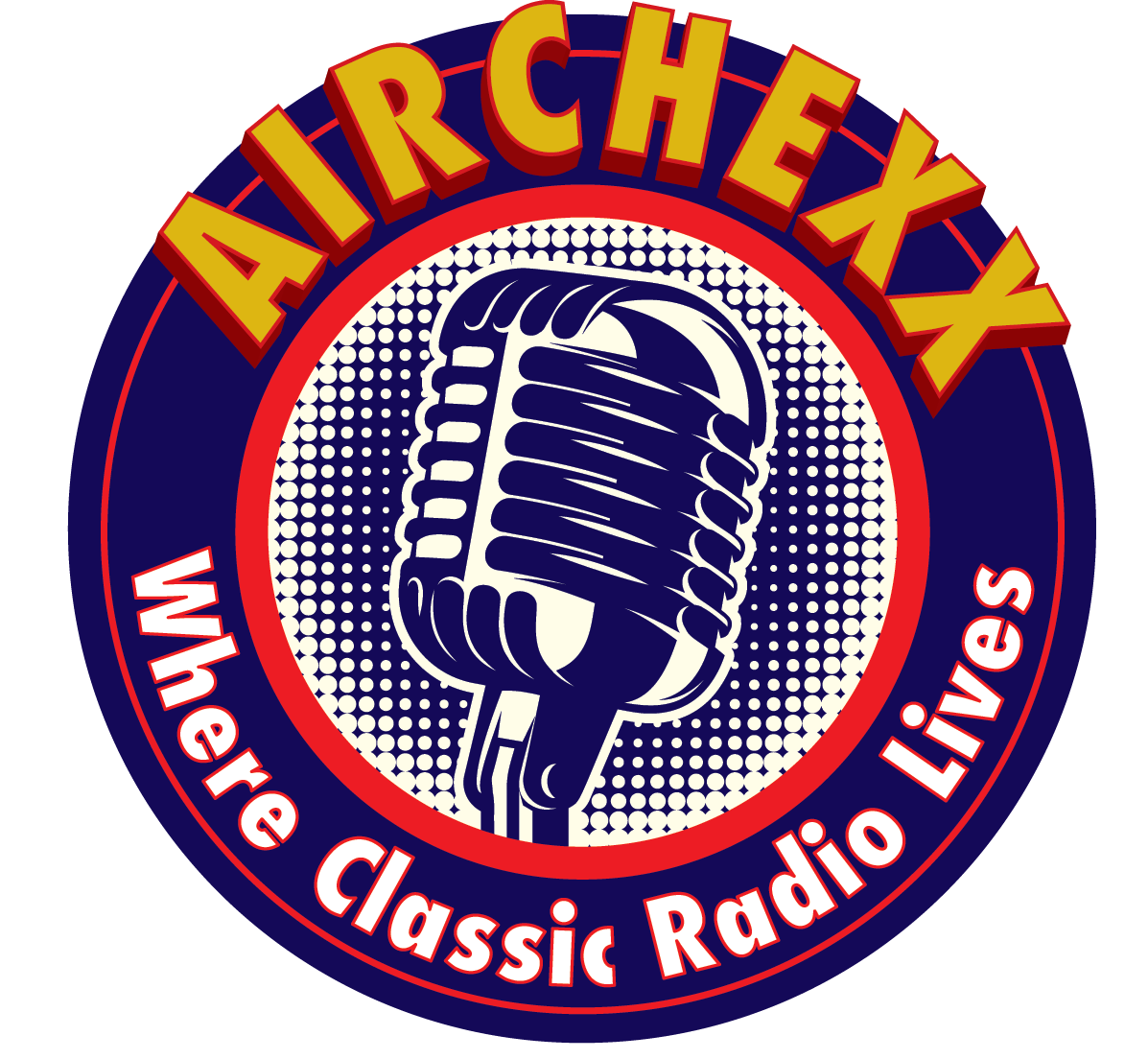Your cart is currently empty!

Keith Fordyce, Radio Luxembourg | December 24, 1966

You’ve been listening to the Good Times and their record, “Powder Your Face With Sunshine” and it’s on Decca
American Radio in the 1960s had it’s own sound. DJs who were funny, Newscasts every hour and tons of commercials. Some stations had reverb. Some didn’t. The processing of each station was particular to an individual radio station. Yet, across the United States and Canada, there was a similarity in the way radio broadcasting was presented. “Across the pond” as it was often said, it was a different story.
What you are about to hear is something totally unique in its approach.
New Contributor John Harrison describes this recording:
RADIO LUXEMBOURG: “TWO -O- EIGHT; YOUR STATION OF THE STARS” was broadcast on 208 meters in the medium wave band from 1951 until closure on 31 December 1992. Its demise was due to three factors, the start of UK offshore pirate radio in 1964; BBC Radio One in 1967 and commercial radio in 1973 ( Capital Radio, London ). Despite its high broadcast power, 1,300,000 watts, reception throughout the UK was poor unless you subscribed to the Rediffusion network of wired relay broadcasts.
This unscoped complete show was recorded on Saturday, 24 December 1966 and features DJ Keith Fordyce, who also hosted the popular UK TV music show READY STEADY GO! Between 1960 and 1967 Luxy’s entire programming schedules were based on airtime sold to the record companies and this particular show represents the Philips & Fontana group of labels. You’ll note that each record is typically not played in full. This was to promote as many records as possible within the show.
A few extra notes of interest.
In the U.K., what we in America refer to as the “AM” Band (or back in the 1960s, the “Standard” Band) was and still is referred to in meters. That is to say, the electrical wavelength of the particular frequency of the station. In this case, 208 meters comes out to 1440 kHz, Medium Wave. Since in the U.K., and as was the case in Luxembourg and still IS in parts of Europe, broadcasting is done in the Medium Wave (AM Band) as well as Long Wave, the wavelength is always stated followed by either medium wave or long wave. Confused? No worries. It’ll all make sense as you research it a little more.
Many of our visitors, of course, need no explaining to. We have a great many visitors and site fans from across Europe and the United Kingdom, along with Canada and the United States. So, thank you for visiting and please be sure to comment on what you hear, either using the form at the bottom of this post, or on our official Facebook and Twitter Pages!
And while you’re here, please consider making a donation to help defray the costs of maintaining this website museum of Radio History. It costs money for bandwidth, connectivity, software and hosting. Every bit helps!


Leave a Reply